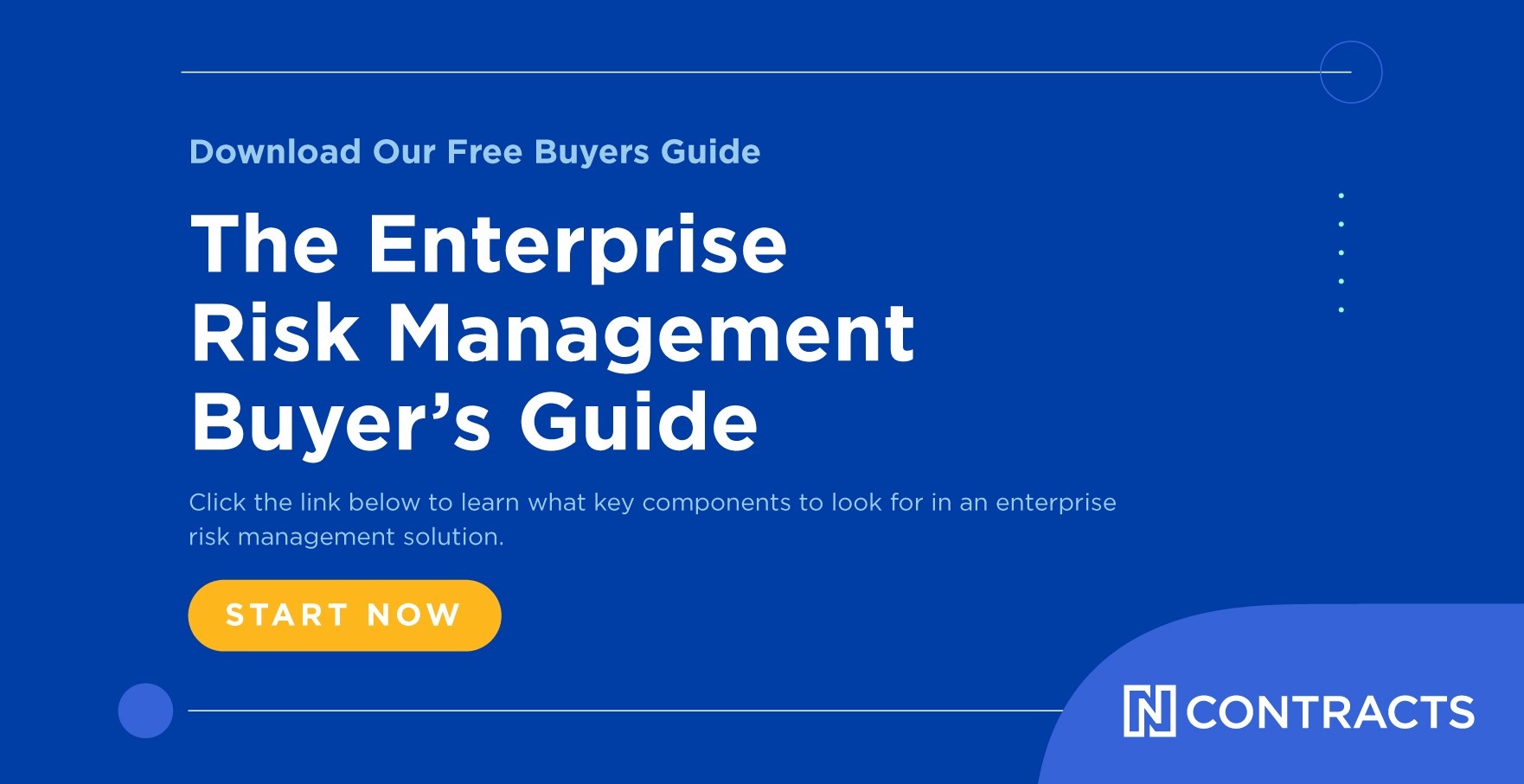There’s a disclosure on every investment prospectus: Past performance is no guarantee of future results.
It’s good advice, and not just for investors. When faced with uncertainty, we look to past examples for insight. But as Dr. Elliot Eisenberg, internationally acclaimed economist and public speaker, reminded us in his recent appearance on the Ncast podcast, it takes more than just a cursory understanding of an event to assess how it relates to future outcomes.
Learn more about Risk Management, including how to create reliable Risk Assessments.
Revisiting the Roaring Twenties & Spanish Flu
Remember the time a nasty pandemic killed over 600,000 Americans and was then followed by a bustling economic recovery? I’m not talking about the COVID-19 pandemic, but the Spanish Flu. It hit the U.S. in the first of several waves beginning in 1918, and was followed by the Roaring 20s when a surging economy created unprecedented prosperity—until it didn’t. The stock market crash on October 24, 1929, known as Black Thursday, brought it all to an end, signaling the beginning of The Great Depression, the worst economic downturn in U.S. history.
Many people believe this will happen again in our current environment. We’ve got a pandemic. We’re seeing a strong economic recovery with low unemployment and supply chain shortages making it hard to keep up with demand. Surely, it will all end with a massive downturn.
Eisenberg says this is a mistaken comparison. While the periods share a pandemic, economic recovery, and a similar sounding decade (1920s vs. 2020s), other circumstances are widely different. They actually have very little in common. The average American was 28 in the 1920s, but is 38 today. Government debt was 10 percent of gross domestic product (GDP) and now it’s 110 percent. Tax rates came down significantly over the 1920s while today taxes are rising.
“Don't take one isolated event and think this also means that we're going to have a depression and in 2029,” he says. “We may well have a depression in 2029, but it will have nothing to do with the flu and anything that happened beforehand.”
Eisenberg’s prediction: We’re going to have a great 2021, a good 2022, and then the party's over. We’re back to normal.
What it means for risk management
Eisenberg’s commentary reminders us that understanding an economic scenario and predicting future possibilities means going beyond casual correlations and assumptions. It requires digging into the fundamentals—looking for information that both supports and contradicts our initial impressions.
Consider the lumber shortages of 2020 and 2021. On the surface, it may seem like the country is in a building craze, but Eisenberg says not to read too much into it. Supply was reduced when the industry had to adjust to the production and transportation difficulties posed by COVID-19. Demand was also down at the beginning of the pandemic. Demand has since recovered, but it’s only 101 or 102 percent of normal demand and it shouldn’t be long before mills are able to adjust.
When assessing risk and making educated guesses about the future, make sure your institution is analyzing a broad range of data and indicators. Be skeptical of conventional wisdom that isn’t backed up by real analysis and be open to new perspectives.
No one knows the future: Not you, not me, and not even a noted economist. What we do know, is that past performance is not a guarantee of future results—and it’s up to us to read between the lines.
Want to hear more from Dr. Eisenberg and other industry experts? Subscribe to the Ncast on your favorite podcast platform.

